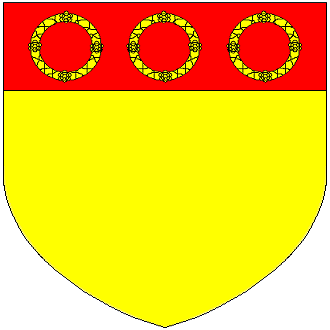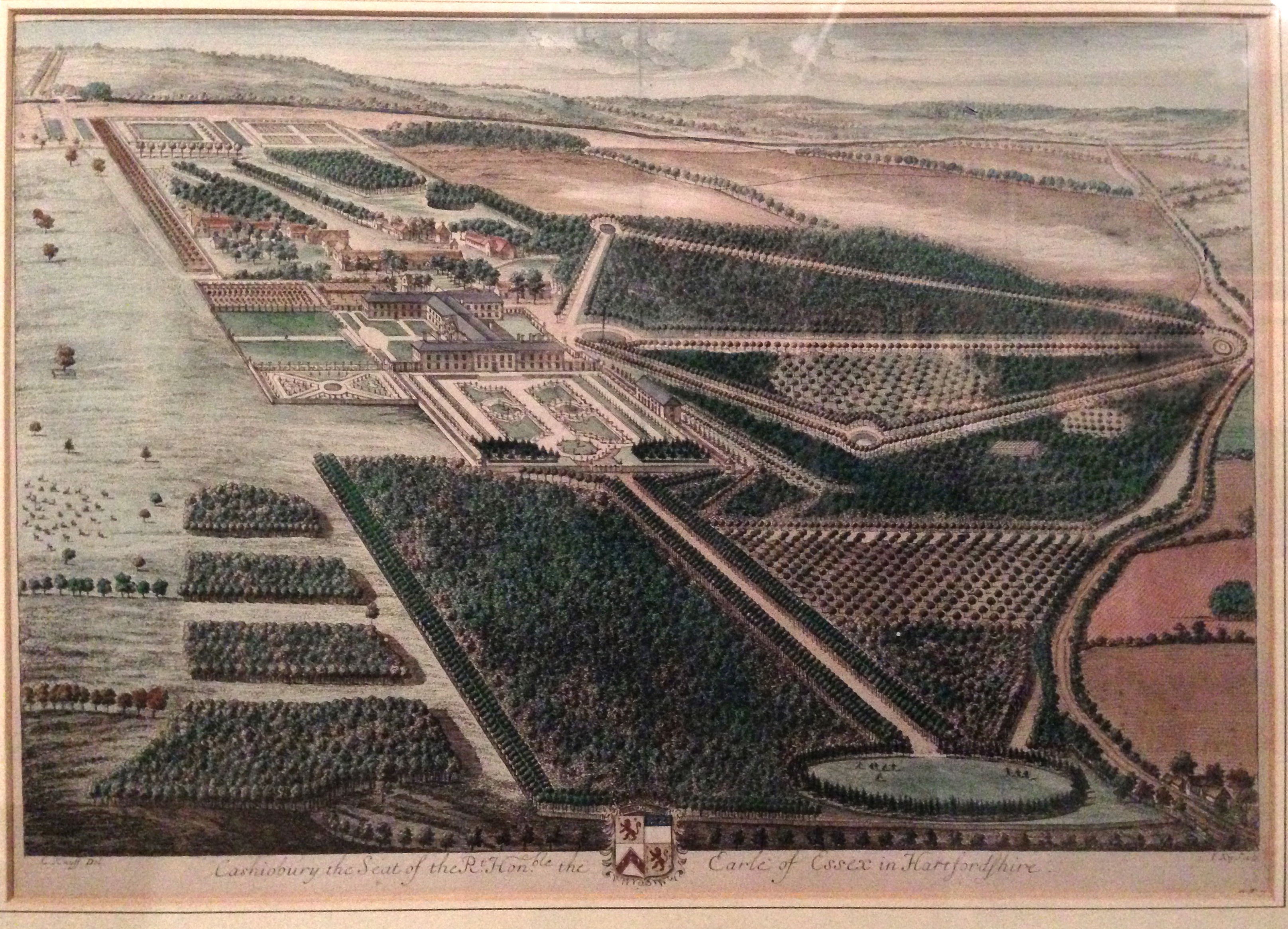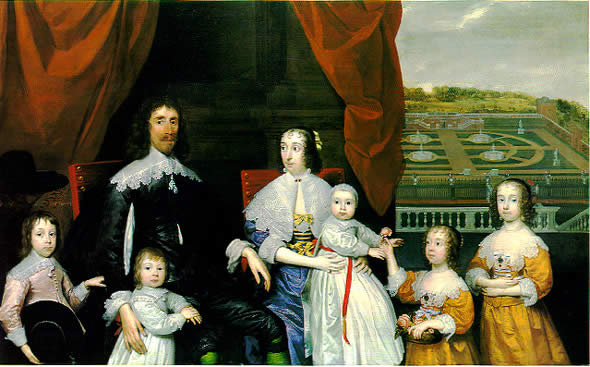Morrison Baronets on:
[Wikipedia]
[Google]
[Amazon]


 Sir Charles Morrison, 1st Baronet (18 April 1587 – 20 August 1628) (also Moryson) of
Sir Charles Morrison, 1st Baronet (18 April 1587 – 20 August 1628) (also Moryson) of
 *Elizabeth Morrison, baptised 1610/11, wife of Arthur Capell, 1st Baron Capell of Hadham and mother of
*Elizabeth Morrison, baptised 1610/11, wife of Arthur Capell, 1st Baron Capell of Hadham and mother of

 Sir Charles Morrison, 1st Baronet (18 April 1587 – 20 August 1628) (also Moryson) of
Sir Charles Morrison, 1st Baronet (18 April 1587 – 20 August 1628) (also Moryson) of Cashiobury
Cassiobury Park is the principal public park in Watford, Hertfordshire, in England. It was created in 1909 from the purchase by Watford Borough Council of part of the estate of the Earl of Essex, Earls of Essex around Cassiobury House which wa ...
in Watford
Watford () is a town and borough in Hertfordshire, England, 15 miles northwest of Central London, on the River Colne.
Initially a small market town, the Grand Junction Canal encouraged the construction of paper-making mills, print works, a ...
, Hertfordshire
Hertfordshire ( or ; often abbreviated Herts) is one of the home counties in southern England. It borders Bedfordshire and Cambridgeshire to the north, Essex to the east, Greater London to the south, and Buckinghamshire to the west. For govern ...
, was an English politician who sat in the House of Commons
The House of Commons is the name for the elected lower house of the bicameral parliaments of the United Kingdom and Canada. In both of these countries, the Commons holds much more legislative power than the nominally upper house of parliament. ...
at various times between 1621 and 1628.
Origins
Morrison was the only son and heir of Sir Charles Morrison (d. 1599), MP, of Cashiobury, by his wife Dorothea Clark, daughter of Nicholas Clark.Career
He succeeded to the estate of Cashiobury on the death of his father on 31 March 1599. He was madeKnight of the Bath
The Most Honourable Order of the Bath is a British order of chivalry founded by George I on 18 May 1725. The name derives from the elaborate medieval ceremony for appointing a knight, which involved bathing (as a symbol of purification) as one ...
(KB) in 1603 at the English coronation of King James I James I may refer to:
People
*James I of Aragon (1208–1276)
*James I of Sicily or James II of Aragon (1267–1327)
*James I, Count of La Marche (1319–1362), Count of Ponthieu
*James I, Count of Urgell (1321–1347)
*James I of Cyprus (1334–13 ...
and was created a baronet
A baronet ( or ; abbreviated Bart or Bt) or the female equivalent, a baronetess (, , or ; abbreviation Btss), is the holder of a baronetcy, a hereditary title awarded by the British Crown. The title of baronet is mentioned as early as the 14th ...
on 29 June 1611. - this source states he was made K.B. upon the ascent of Charles I of England
Charles I (19 November 1600 – 30 January 1649) was King of England, Scotland, and Ireland from 27 March 1625 until Execution of Charles I, his execution in 1649. He was born into the House of Stuart as the second son of King James VI of ...
to the throne.
In 1621 Morrison was elected Member of Parliament
A member of parliament (MP) is the representative in parliament of the people who live in their electoral district. In many countries with bicameral parliaments, this term refers only to members of the lower house since upper house members of ...
for Hertfordshire
Hertfordshire ( or ; often abbreviated Herts) is one of the home counties in southern England. It borders Bedfordshire and Cambridgeshire to the north, Essex to the east, Greater London to the south, and Buckinghamshire to the west. For govern ...
and was re-elected in 1624. He was elected MP for St Albans
St Albans () is a cathedral city in Hertfordshire, England, east of Hemel Hempstead and west of Hatfield, Hertfordshire, Hatfield, north-west of London, south-west of Welwyn Garden City and south-east of Luton. St Albans was the first major ...
in 1625 and 1626. In 1628 he was elected MP for Hertford
Hertford ( ) is the county town of Hertfordshire, England, and is also a civil parish in the East Hertfordshire district of the county. The parish had a population of 26,783 at the 2011 census.
The town grew around a ford on the River Lea, ne ...
and sat until his death. Prior to his first appearance in Parliament in May 1621, Morrison was reportedly assaulted on the Parliament stairs by the MP for Dunwich
Dunwich is a village and civil parish in Suffolk, England. It is in the Suffolk Coast and Heaths AONB around north-east of London, south of Southwold and north of Leiston, on the North Sea coast.
In the Anglo-Saxon period, Dunwich was t ...
, Clement Cooke. After an enquiry, Cooke was imprisoned in the Tower of London
The Tower of London, officially His Majesty's Royal Palace and Fortress of the Tower of London, is a historic castle on the north bank of the River Thames in central London. It lies within the London Borough of Tower Hamlets, which is separa ...
for the attack.
Marriage and progeny
On 4 December 1606 at Low Leyton, Essex, Morrison married Mary Hicks, daughter ofBaptist Hicks, 1st Viscount Campden
Baptist Hicks, 1st Viscount Campden (1551 – 18 October 1629) was an English cloth merchant and politician who sat in the House of Commons between 1621 and 1628. King James I knighted Hicks in 1603 and in 1620 he was created a baronet.
He w ...
. She survived him and remarried (as his second wife) to Sir John Cooper, 1st Baronet
Sir John Cooper, 1st Baronet (died 23 March 1630), was an English landowner and politician who sat in the House of Commons from 1628 to 1629. He was the father of Anthony Ashley Cooper, 1st Earl of Shaftesbury.
Life
Cooper was the son of Sir ...
of Rockbourne, Hampshire. By his wife he had two sons who died in infancy and a surviving daughter:
 *Elizabeth Morrison, baptised 1610/11, wife of Arthur Capell, 1st Baron Capell of Hadham and mother of
*Elizabeth Morrison, baptised 1610/11, wife of Arthur Capell, 1st Baron Capell of Hadham and mother of Arthur Capell, 1st Earl of Essex
Arthur Capell, 1st Earl of Essex, PC (163113 July 1683), also spelt Capel, of Cassiobury House, Watford, Hertfordshire, was an English statesman.
Early life
He was the son of Arthur Capell, 1st Baron Capell of Hadham (executed in 1649) by ...
(1631–1683).
Death
Morrison died in 1628 at the age of 41 and was buried in the mortuary chapel of the Morrison and Essex families in St. Mary's Parish Church, Watford. His large, elaborate monument was executed byNicholas Stone
Nicholas Stone (1586/87 – 24 August 1647) was an English sculptor and architect. In 1619 he was appointed master-mason to James I, and in 1626 to Charles I.
During his career he was the mason responsible for not only the building of ...
, a celebrated sculptor of the day. It sits opposite the tomb of his father, who died in 1599 and is designed in a similar style. The monument features reclining effigies of Sir Charles and his wife Mary sculpted in marble. Sir Charles is depicted wearing armour, resting on his elbow, with a scroll under his hand, while his wife is represented reclining on a cushion, wearing a richly embroidered dress. Below them are the kneeling figures of a youth, a boy and a young lady kneeling.
Succession
Sir Charles left no surviving sons and thus the Morrison baronetcy became extinct on his death. The Cashiobury estate was inherited by his only daughter and sole heiress, Elizabeth Morrison, wife of Arthur Capell, 1st Baron Capell of Hadham. The estate thus passed into the Capell family, and was the seat of her eldest sonArthur Capell, 1st Earl of Essex
Arthur Capell, 1st Earl of Essex, PC (163113 July 1683), also spelt Capel, of Cassiobury House, Watford, Hertfordshire, was an English statesman.
Early life
He was the son of Arthur Capell, 1st Baron Capell of Hadham (executed in 1649) by ...
(1631–1683).
References
{{DEFAULTSORT:Morrison, Charles 1587 births 1628 deaths Burials in Hertfordshire People from Watford People from St Albans Members of the Parliament of England for Hertfordshire English MPs 1621–1622 English MPs 1624–1625 English MPs 1625 English MPs 1626 English MPs 1628–1629 Knights of the Bath Baronets in the Baronetage of England